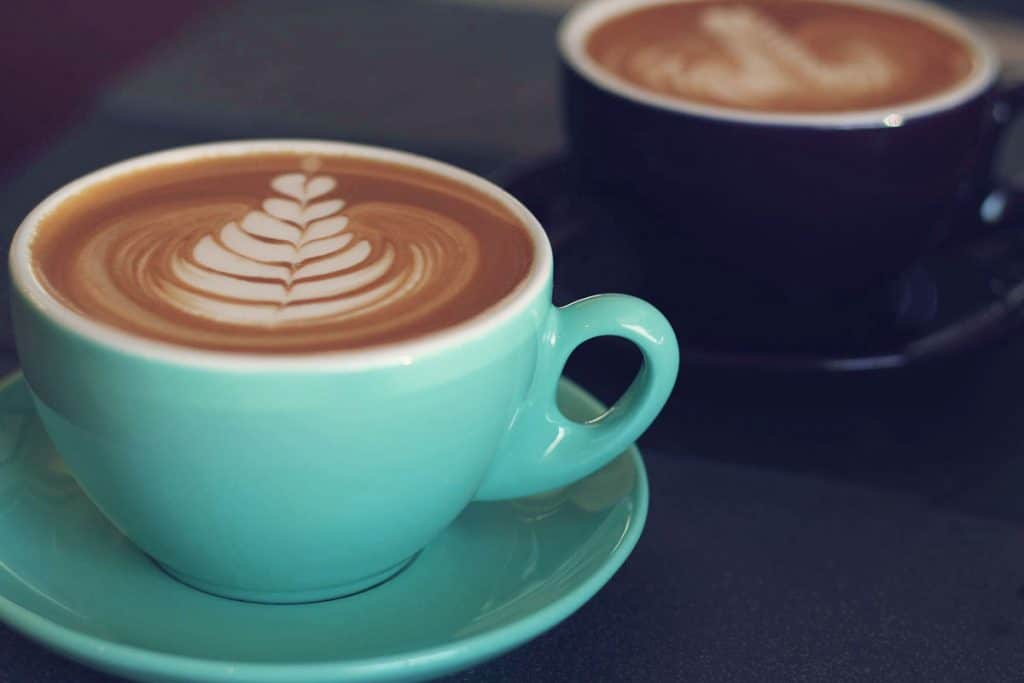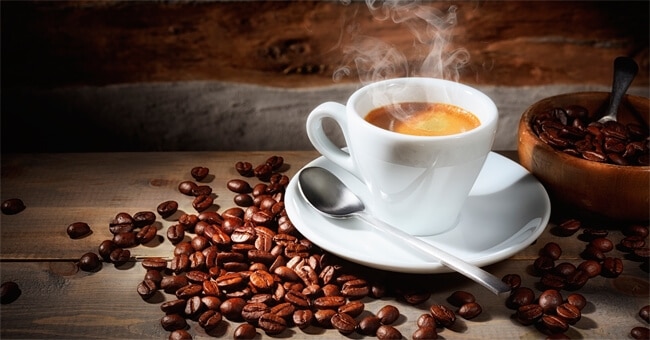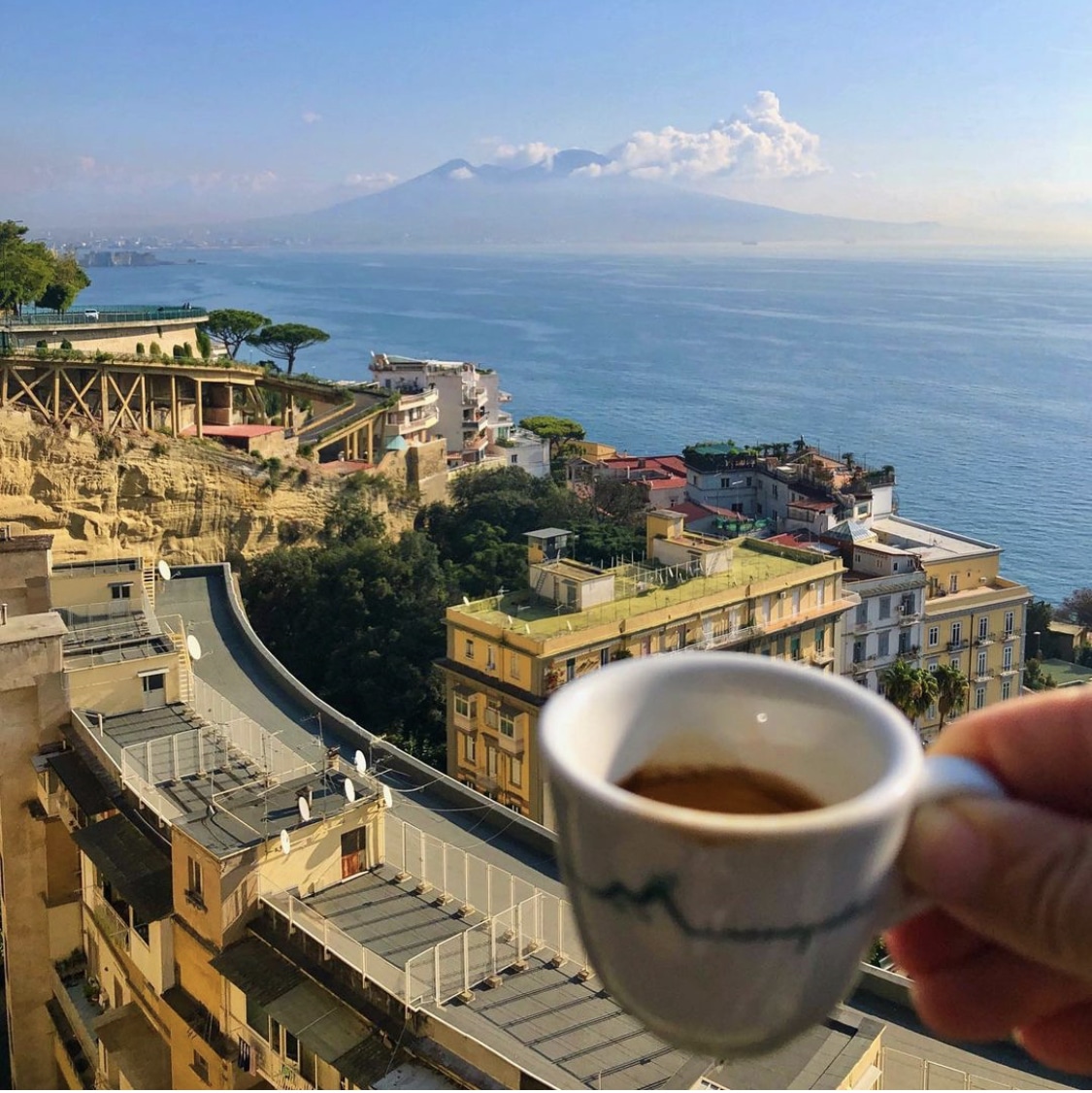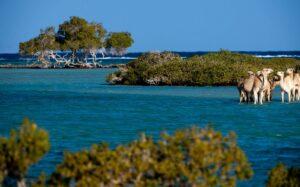People the world over follow a very similar ritual: wake up, grab a cup of coffee.
Where the ritual diverts, however, is in the coffee’s preparation, and sometimes its ingredients.
For instance, Americans probably wouldn’t consider pepper, lemon, and cheese appropriate java mix-ins, but in other cultures these are the norm.
Here’s our list of 10 different coffee around the world, a breakdown of how coffee is served around the world.
Kaffeost — Finland
Türk Kahvesi — Turkey
Finely ground coffee beans are simmered in a special copper or brass pot called a cezve. Turkish coffee is special in that it is prepared unfiltered, and so the grounds settle to the bottom. Yes, that means you drink it with the grounds.
Yuanyang — Malaysia
This deliciously powerful drink, which can be served hot or cold, is three parts black coffee and seven parts Hong Kong-style milk tea, a mix of black tea and milk.
Flat White — Australia

Similar to a latte though smaller in volume, this Aussie fave is made by pouring microfoam (steamed, velvety milk) over a shot of espresso.
Frappé — Greece
Invented by a Nescafé representative in 1957, the frappé is a popular summer beverage in Greece, consisting of iced instant coffee drowned in milk foam.
Neapolitan Espresso — Italy

Just like pizza, Neapolitan coffee represents much more than a culinary tradition: it is a real and proper essential component to understand the Neapolitan philosophy of life, for the way it is part of the daily life of the inhabitants of the city, and it also enchants the tourists who visit both noble and popular quarters. Coffee in Naples, according to the most common vulgate, was introduced around 1770 thanks to Maria Carolina D’Asburgo (Mary Caroline of Hapsburg), who debunked the negative reputation Neapolitans had about this beverage, believing it brought bad luck because of its black color. With the advent of the queen, who married Ferdinand IV of Bourbon, Neapolitan coffee became the ritual that we all know today, and she was also responsible for the pairing with the croissant, which still survives today, especially in the choice of cream and black cherry flavors.
Cà phê đá — Vietnam
Known to be both very sweet and very strong, this Vietnamese iced coffee is made with coarsely ground dark roast coffee, which is brewed straight into a cup of condensed milk and ice through a French drip filter.
Café de Olla — Mexico
Simmered with a cinnamon stick, traditional Mexican coffee uses piloncillo (unrefined cane sugar) and is served in a clay mug, which locals believe brings out coffee’s flavors.
Café Touba — Senegal
This drink is flavored with Guinea pepper and occasionally cloves. The spices are mixed in with the coffee beans and roasted, then ground and filtered for a coffee with a kick.
Cafezinho — Brazil
While many consider the caipirinha Brazil’s national drink, cafezinho is by far the most popular drink for locals. Similar to an espresso, cafezinhos are small, strong cups of coffee. The only difference is that cafezinhos are pre-sweetened, generally brewed with the sugar.



